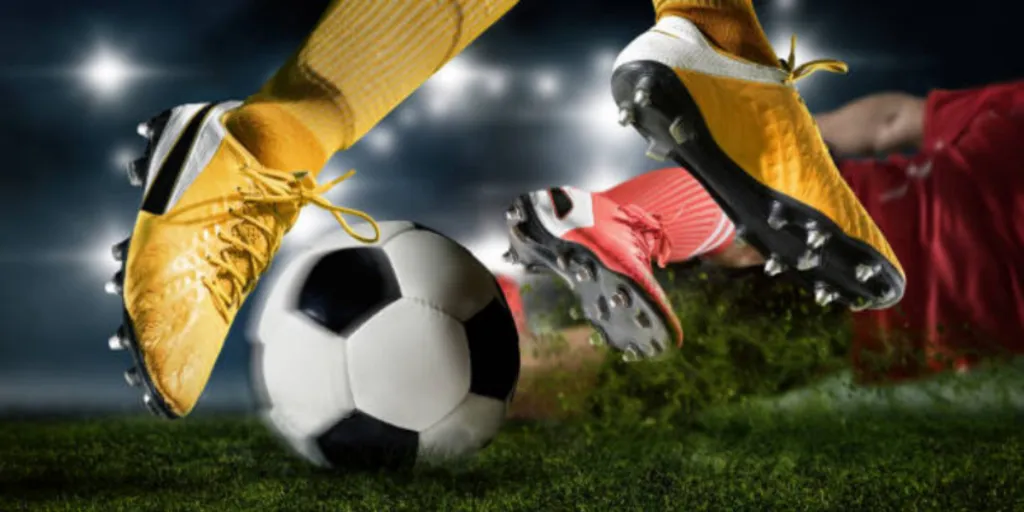In the rapidly evolving world of soccer, footwear stands as a testament to both style and functionality. As 2024 unfolds, the right soccer shoes not only elevate performance on the field but also signify a blend of innovation and tradition. For businesses vested in the industry, understanding the intricacies of these shoes becomes paramount. It’s not just about aesthetics or brand names; it’s about ensuring that players, whether amateur or professional, have the optimal tools at their feet. Making informed decisions on soccer shoe procurement can significantly influence a company’s reputation, ensuring they remain at the forefront of delivering quality and performance.
Table of Contents
2024 soccer shoe market insights
Criteria for soccer shoe selection
Leading soccer shoe models and their distinct features
Conclusion
2024 soccer shoe market insights
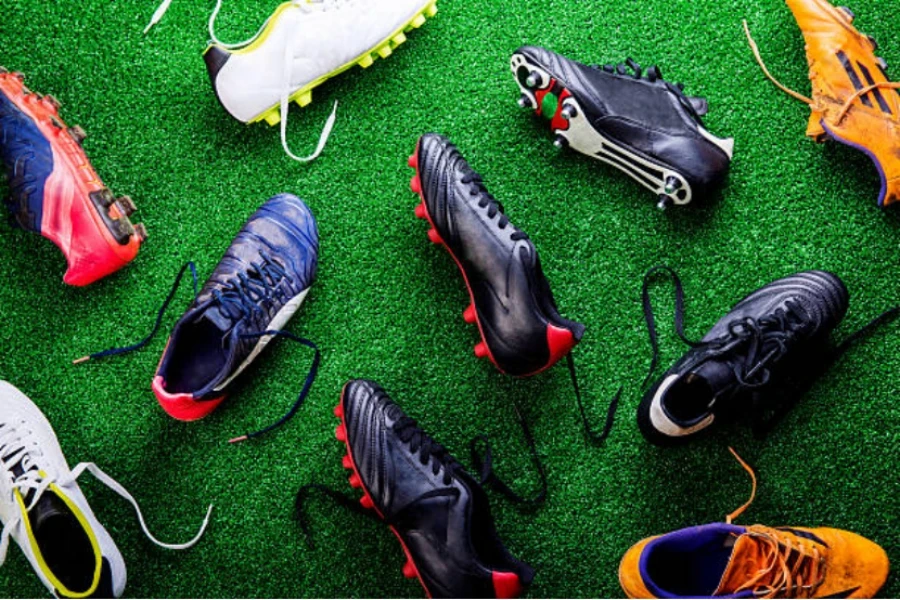
Market dynamics
The soccer shoe industry is witnessing a dynamic shift, with several factors steering its direction. A significant driver is the escalating demand across both household and commercial sectors. The market’s segmentation reveals a distinction between plastic and metal cleats, each tailored to the unique requirements and preferences of players.
The global Soccer Cleats market was valued at approximately USD 3966.77 million in 2022. With an anticipated compound annual growth rate (CAGR) of 6.47%, the market is set to see substantial expansion in the coming years. The growth isn’t solely attributed to brand dynamics; it’s also a reflection of the increasing adoption of innovative shoe technologies and designs that cater to the evolving needs of players.
Demand insights
The market’s evolution is not just limited to design but also encompasses technological advancements and innovations. The continuous research and development in this sector aim to enhance player performance and cater to the ever-evolving demands of the sport. As the global demand for soccer shoes rises, driven by both household and commercial sectors, the market is poised for further expansion in the coming years.
The soccer shoe market, often referred to as cleats, has experienced significant growth and transformation over the years. Leading this industry are global giants such as Nike, Adidas, Under Armour, Puma, Asics, Li Ning, Umbro, Peak, FILA, Reebok, and New Balance. Each brand has carved its niche, offering specialized features tailored to the diverse needs of soccer players worldwide. For instance, Nike, a US-based company, is renowned for its traction and control features, while Puma, hailing from Germany, has designed shoes specifically for artificial grass surfaces.
Criteria for soccer shoe selection
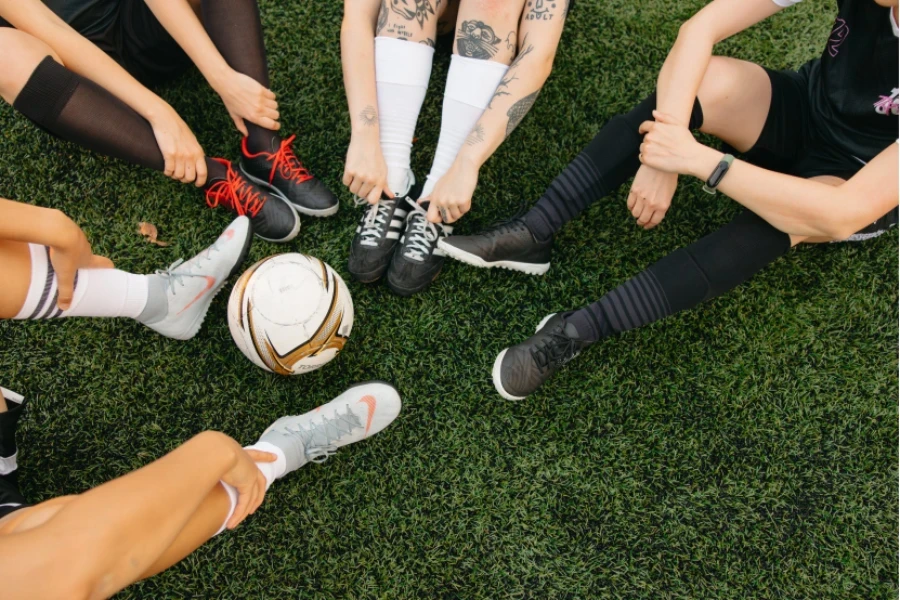
Types of soccer shoes available
Selecting the right type of soccer shoe is crucial as it not only affects a player’s performance but also minimizes the risk of injuries. With advancements in technology, modern soccer shoes have evolved to offer specialized features catering to the specific needs of players and the demands of modern soccer. Depending on the type of surface on which the game is played, there are different styles of soccer shoes available:
Firm Ground (FG) Cleats: These are the most common type and are designed for natural grass fields. They feature molded studs and provide optimal grip on firm, dry surfaces.
Soft Ground (SG) Cleats: Designed for wet and muddy natural grass fields, these cleats have fewer studs which are usually longer for added traction. They often come with detachable studs to adjust based on the field’s condition.
Artificial Grass (AG) Cleats: Tailored for artificial turf fields, these shoes have numerous smaller studs to distribute the player’s weight evenly and reduce the risk of injury.
Indoor Soccer Shoes: For indoor games played on hard surfaces, these shoes have a flat sole made of rubber to offer grip without scratching the floor.
Turf Shoes: Suitable for turf or hard natural surfaces, they come with tiny rubber studs or patterns on the bottom, ensuring grip without penetrating the turf deeply.
Hybrid Cleats: A recent innovation, these shoes combine the features of both FG and AG cleats, making them suitable for both natural grass and artificial turf.
Play surface considerations
Selecting the right soccer shoes involves more than just aesthetics or brand loyalty; it’s about understanding the nuances of play surfaces. Different terrains demand specific shoe designs to ensure optimal performance and safety. For instance, firm ground surfaces, commonly found in outdoor grass fields, require cleats with a specific stud configuration to provide the necessary traction. On the other hand, soft ground surfaces, often wet and muddy, necessitate longer studs for enhanced grip. Multiground cleats are versatile, designed for a mix of natural grass and artificial turf. Lastly, artificial grass, with its unique texture and consistency, demands shoes with numerous small studs to distribute weight evenly and reduce the risk of injury.
Fit and comfort
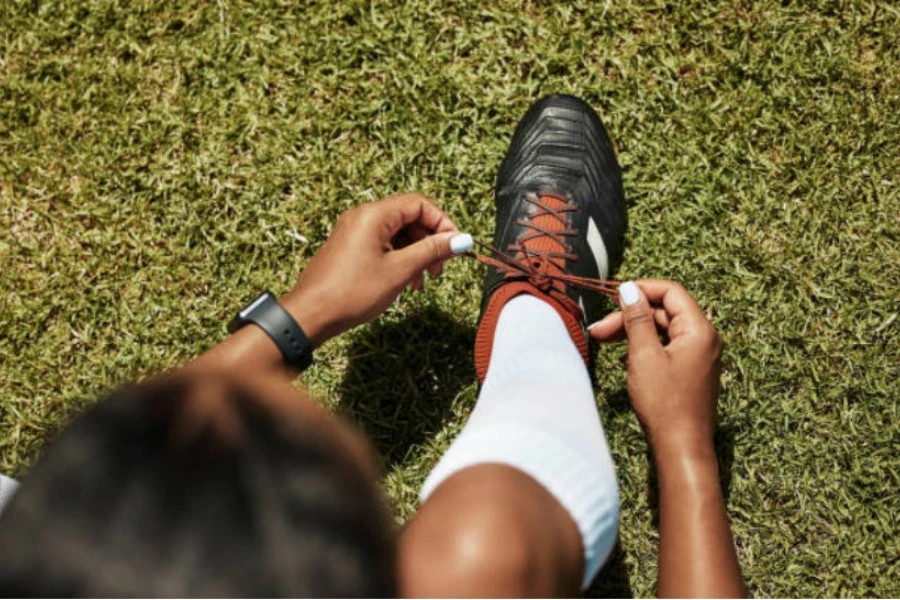
Ensuring a shoe fits correctly is paramount to a player’s performance. A snug fit not only enhances comfort but also reduces the risk of foot injuries. It’s essential to consider the width of the foot, as some players might require shoes with wider insoles. Additionally, for those needing orthotic support, certain models cater to these specific needs, ensuring that the foot remains stable and supported throughout the game.
Player position dynamics
The position a player occupies on the field can significantly influence shoe selection. Forwards, who rely on speed and agility, might lean towards lightweight shoes that allow for quick direction changes. Midfielders, often covering vast distances, might prioritize cushioning and comfort. In contrast, defenders could seek shoes offering stability and robust upper support to withstand challenges. Goalkeepers, with their unique role, would require shoes that provide excellent grip and flexibility for sudden dives and jumps.
Key features and technologies
Innovation in soccer shoe technology has seen remarkable strides in recent years. High-definition grip technology, as seen in the adidas Predator Accuracy, uses individual rubber elements to enhance ball grip while maintaining a soft upper feel. The FUSIONSKIN upper, featured in the adidas Copa Pure 2, blends ultra-soft leather with a 3D haptic print for a cohesive play experience. Speedskin technology, present in the adidas X CrazyFast, offers a minimal lining skeleton beneath the upper, providing both aesthetics and comfort. Other notable features in various models include zonal support, dynamic feedback, and updated 3D knit patterns, all aimed at enhancing player performance and experience on the field.
Leading soccer shoe models and their distinct features
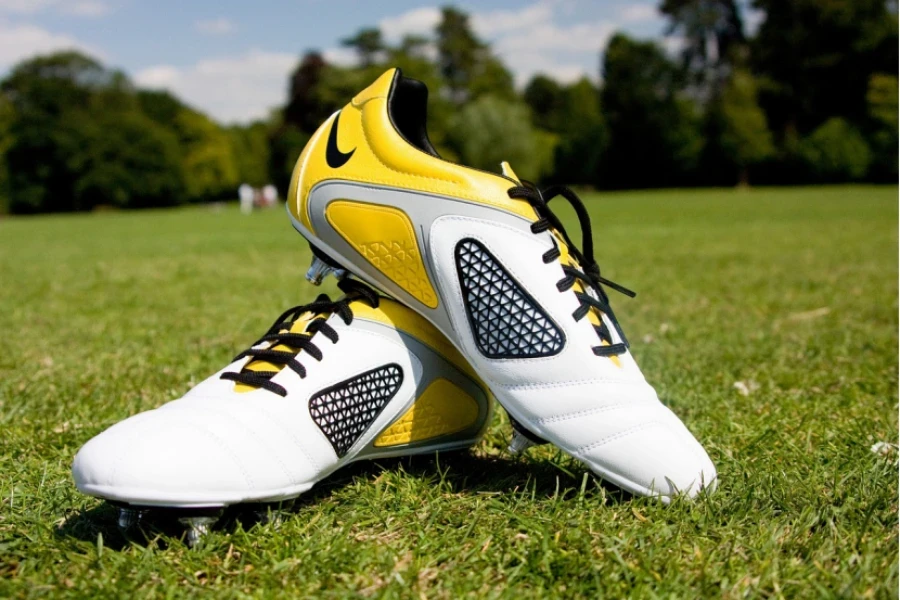
adidas Predator Accuracy
The adidas Predator Accuracy stands out in the soccer shoe market, primarily due to its high-definition grip technology. This technology, comprising individual rubber elements, offers players an enhanced grip on the ball while ensuring the upper remains soft and comfortable. Over the years, the Predator Accuracy has evolved, incorporating feedback from players and leveraging advancements in shoe technology. The result is a shoe that not only offers precision but also epitomizes the blend of tradition and innovation.
Nike Mercurial Superfly
Nike’s Mercurial Superfly has long been a favorite among soccer enthusiasts. Its reputation is built on its unparalleled traction and control features. The shoe’s design emphasizes speed, agility, and precision, making it a top choice for many professionals. The Mercurial Superfly’s unique stud configuration and lightweight design ensure players can make quick direction changes without compromising stability.
Puma Future Z
Puma’s Future Z has carved a niche for itself, especially among players who frequent artificial grass surfaces. The shoe’s design focuses on providing optimal grip on turf fields, ensuring players can maneuver with ease and confidence. The Future Z incorporates innovative materials and design elements that cater specifically to the demands of artificial grass gameplay, making it a preferred choice for many.
New Balance Tekela V4
New Balance’s Tekela V4 is making waves in the soccer community, thanks to its emphasis on zonal support and dynamic feedback. Designed for creative players, the Tekela V4 offers an unparalleled touch on the ball. Its unique construction ensures players receive consistent feedback, allowing for better ball control and enhanced gameplay experience.
Other noteworthy models
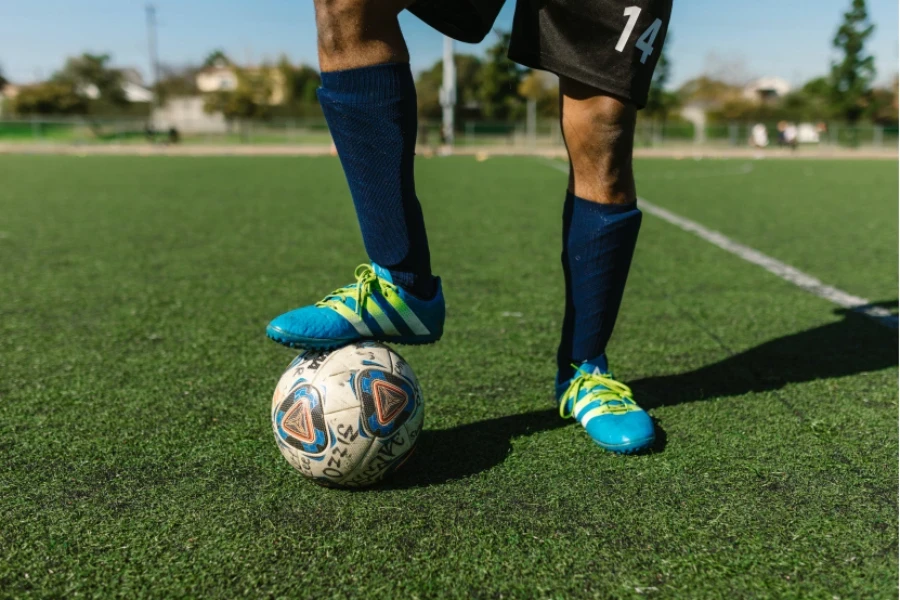
While the aforementioned models dominate the market, other brands and models deserve mention. For instance, Mizuno offers a range of soccer shoes that prioritize touch, control, and stability. These models, backed by Mizuno’s legacy and commitment to quality, are gaining traction among players looking for alternatives to mainstream brands. Each of these models brings unique features to the table, ensuring players have a plethora of options to choose from.
Conclusion
The landscape of soccer shoes in 2024 is vast and varied, with each model bringing unique features tailored to specific needs. From understanding play surfaces to considering player positions, making an informed choice is paramount. The right shoe can significantly enhance a player’s performance, while the wrong one can hinder it. For businesses in the industry, recognizing these nuances and staying updated with the latest trends and technologies is essential. After all, in the world of soccer, where every second counts, the shoes can make all the difference.
